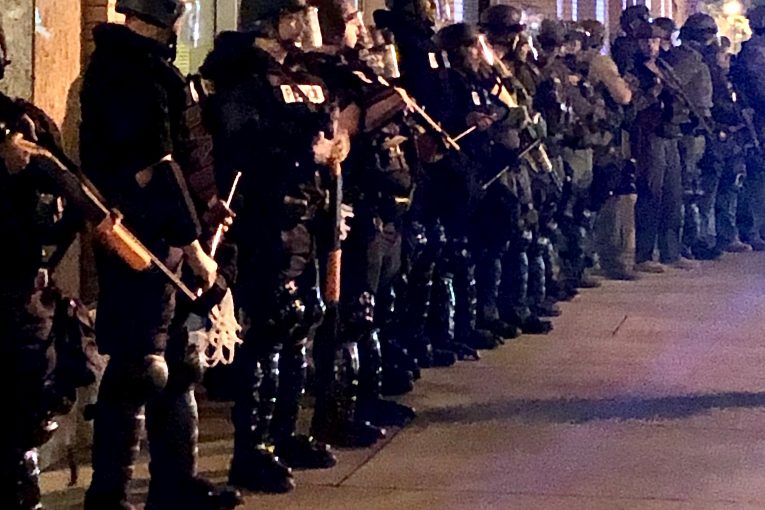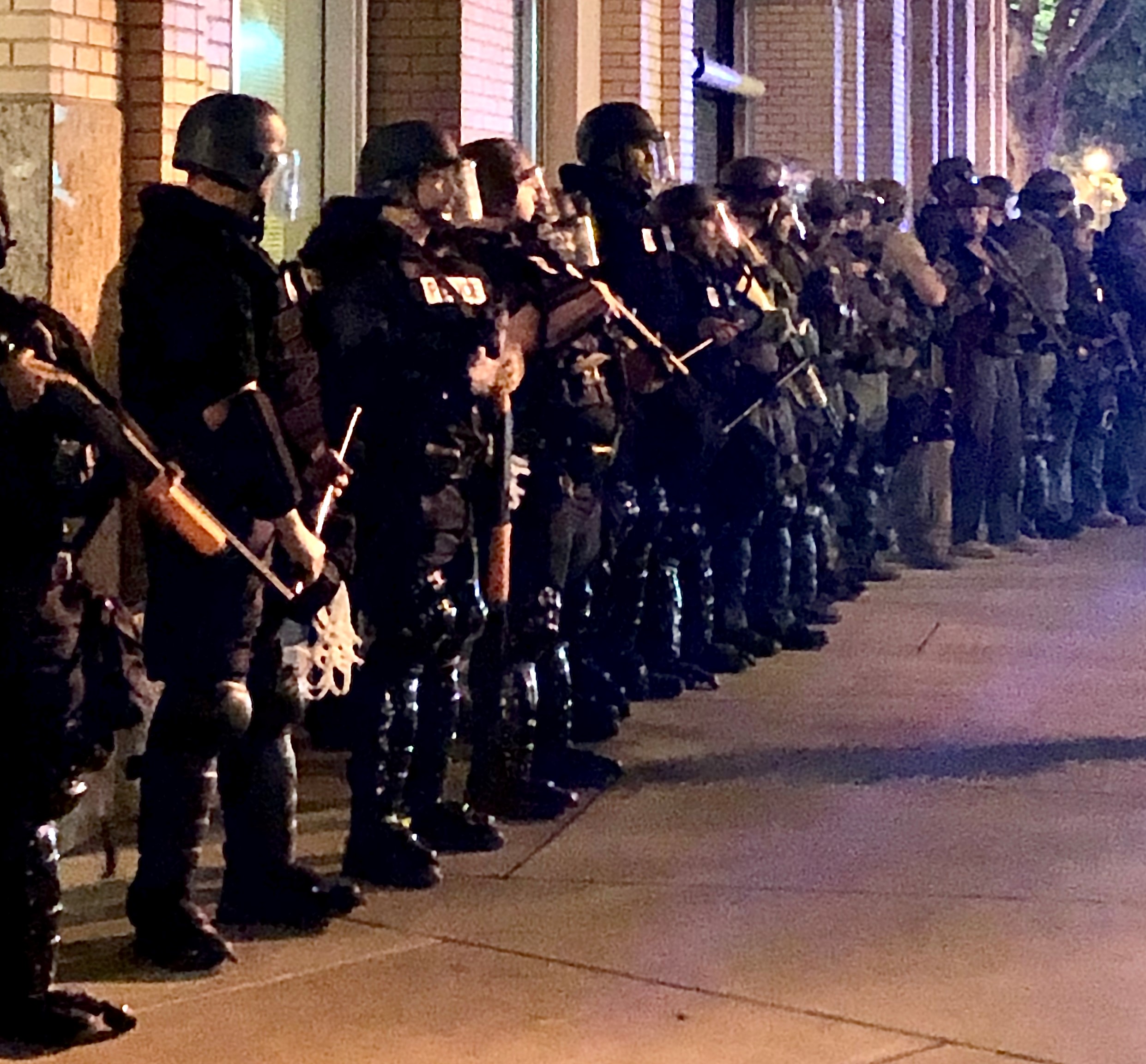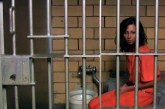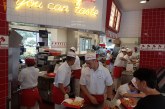

By Autumn Johansson
LOS ANGELES — Mr. Gerald Chaleff authored a report on the LAPD’s response to racial protests in May and June of 2020. His prior report was LAPD’s response to the 2007 “May Day Incident” that left 246 protesters/ journalists and 18 officers injured in MacArthur Park.
This report acknowledges the shortcomings of the LAPD to properly address the public’s response to the deep-rooted systemic racism that had been made more apparent through recording officers’ racist and sometimes lethal actions.
An important distinction was made early in the report that places blame on small violent groups responsible for the illegal activity associated with the George Floyd protests. Many protestors criticized the LAPD for being “reactionary rather than protective” and “effective at maintaining order” in their measures to handle protestors.
The review team outlines seven areas where LAPD was deficient in their response to the protests; planning, command and control, public order policing, less-lethal tools, mass arrests, preparedness and training, and wellness.
Protests erupted in Minneapolis on Tuesday, May 26 and by Wednesday they had become nationwide. Many individuals watched Minneapolis in flames through their mobile devices. However, the LAPD believed that there was no indication that violence or criminal activity would spread to Los Angeles. Business owners, meanwhile, armed their doors with plywood and nails.
“On May 27 and 28, the protests in downtown Los Angeles were marred by an escalating level of violence and criminality. Initially, the Department treated these as isolated incidents, rather than as a manifestation of a larger expression of outrage that was spreading across the United States”. As a result, a command post was not fully established until the evening of Saturday, May 30. Even once the command post was established at the Central Bureau, those staffed were overwhelmed and not adequately trained to give effective orders for maintaining order.
Because the LAPD underestimated the gravity of the public’s outrage, they did not prepare for city-wide protests. The LAPD over-policed less wealthy communities like areas of downtown where so-called “violent individuals”. This was problematic for a multitude of reasons; the LAPD set up their staging area at Dodger Stadium and officers backtracking to Dodger Stadium.
Interviews conducted quickly after the incident provided evidence that there was little to no clear command or control. Many different officials gave out separate and sometimes conflicting orders. The lack of chain of command made it unclear who was in charge. This led to high-ranking officials taking it upon themselves to make tactical decisions that would bypass the command post. This only added to the chaos and confusion in the field.
Interviews with command officers revealed they were not adequately trained for public order policing otherwise known as crowd management. A statistic is provided that between 2018 and 2020 the LAPD experienced a 50 percent turnover rate. This indicates that the skills and knowledge gained by past experiences were not retained by the department’s staff. The report explains that there is a “lack of necessary actionable intelligence due to cutbacks of numerous positions in LAPD’s intelligence function to better support patrol operations”.
The lines of officers were also ineffective in preventing violent individuals from engaging in crime and put peaceful protesters and officers in harm’s way. Many of those peaceful protestors were struck and wounded with lethal weapons at the hands of officers that were not trained to use them in crowd control.
The report mentions that until 2017, only personnel from the Metropolitan Division who were certified and trained too frequently to deploy the 40mm weapon were allowed to do so in crowd control incidents. The officers using these weapons were not highly skilled or trained in minimizing the harm of these weapons to bystanders.
More than 4,000 arrests were made, but with no plan of action or adequate staffing and resources such as transportation. Because LAPD did not consult with the City Attorney when making arrests or establishing proper field jails, this resulted in the department abusing its authority to illegally detain and transport citizens. The first field jail was set up on June 1st at UCLA. By the time a detainee was arrested, transported, and processed they were released miles away from the arrest site. This was also in the middle of the night after hours of trauma and Covid-19 exposure.
Unfortunately, there are more incidents that detail a poorly executed strategy by LAPD. In the 2011 OccupyLA Encampment as well as the 2014 Michael Brown protests, detainees were handcuffed for hours without food, water, or bathroom facilities.
LAPD’s history with settlements that follow lawsuits is extensive. Policy, procedures, and training regarding various components of the management of protests and demonstrations are implemented. Mandates requiring the department to make corrections following an unplanned response from the LAPD. Unfortunately, it seems as if each time a change or promise is made it lasts temporarily. The events of this protest illustrate that the 2020 protests were not an isolated incident, but a fundamental issue in officer training and funding appropriation.
Police staff wellness also showed major flaws. Police officers were overworked and poorly scheduled. This prevented officer downtime. Officers stated that a clear mind is necessary to think critically in rapidly unfolding events.
With officers constantly provoked by collective energy fueled by anger and hatred directed at their own establishment, it is important that this scheduled time is prioritized.
When the public watched Officer Derek Chauvin suffocate George Floyd inhumanly, it was a breaking point for many individuals. The frightened public congregated in masses during a global pandemic and risking their health and safety to protest.
The LAPD amplified these fears by over-policing tactics. Aircraft news coverage of swat teams cornering teens armed with skateboards in front of Santa Monica High School and images of those being shot with rubber bullets on Melrose was chronicled. These actions taken by the city did not relieve the public’s fear. There was a public consensus that police presence across the United States incited more fear to communities of color than it did to protect them.
Many repeated the phrase, “the challenge for police today is how to facilitate the exercising of a crowd’s First Amendment rights while at the same time interdicting smaller groups who are attempting to disrupt the lawful demonstrations”.
Autumn Johansson is a writer for the LA Vanguards court watch. She is a political science major with a philosophy minor at UCLA, originally from Davis, CA.
To sign up for our new newsletter – Everyday Injustice – https://tinyurl.com/yyultcf9
Support our work – to become a sustaining at $5 – $10- $25 per month hit the link:




